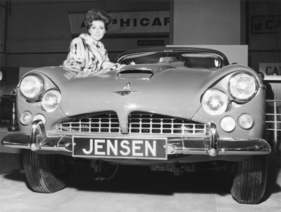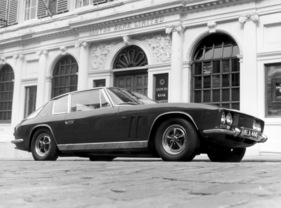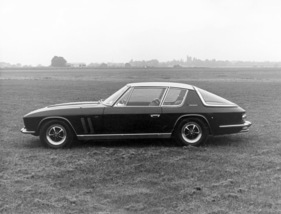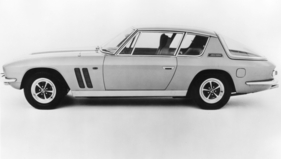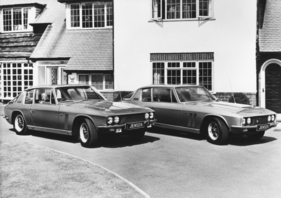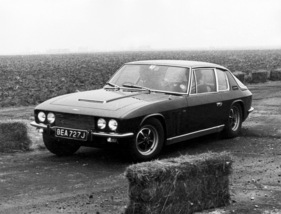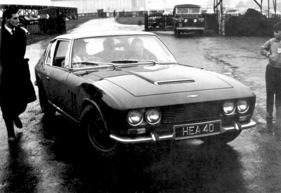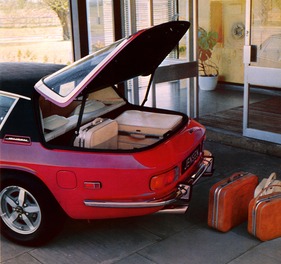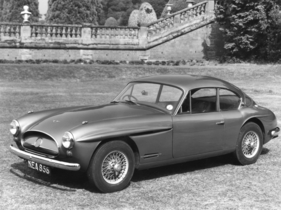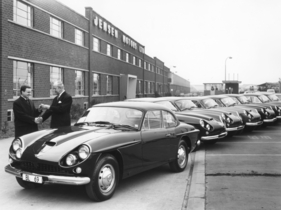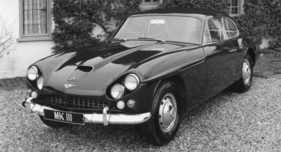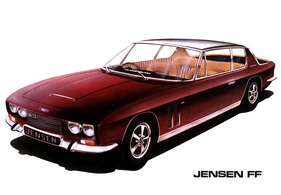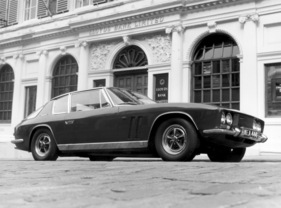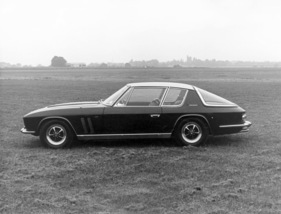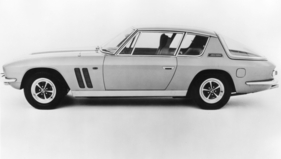Jensen FF - the 4x4 pioneer with English technology and Italian design
Summary
In 1965, two new Jensen cars attracted the public's attention at the Motor Show in London. The first was the Jensen Interceptor (exhibited in convertible form); the second Jensen even represented a technical world first. It was the prototype P66 C-V8 Mk III FF. Apart from the air outlet grilles set into the front fenders, this car resembled the standard C-V8 model. However, it was the first passenger car in the world to feature four-wheel drive based on the Ferguson system. From 1968 to 1971, the FF was then built and sold with the body of the Interceptor. This report goes into the history of the Jensen FF and its technology and shows the Quattro forerunner in many historical illustrations and in six rare sales brochures, including the particularly rare prototype brochure.
This article contains the following chapters
- Considerable new price
- "Ferguson Formula"
- Dunlop system proves its worth
- It all started with an Austin Special
- "541" with plastic bodywork
- Elaborate production by hand
- Only 318 FF built
- Amazingly safe
- Mixed success in Switzerland
- Further information
Estimated reading time: 6min
Preview (beginning of the article)
In 1965, two Jensen cars attracted the public's attention at the Motor Show in London. One was the Jensen Interceptor (still in convertible form); the second Jensen even represented a technical world first. It was the prototype P66 C-V8 Mk III FF. Apart from the air outlet grilles set into the front fenders, this car resembled the standard C-V8 model. However, it was the first passenger car in the world to feature four-wheel drive based on the Ferguson system. Ferguson had already built a Formula 1 racing car based on this principle in 1961, which was then raced by Stirling Moss and Graham Hill, among others. Since then, Ferguson had been trying to get the passenger car industry to warm to his patents. Now the Jensen company was interested. The Jensen FF (Ferguson Formula) was built on a very robust tubular frame chassis, the tubes of which had a diameter of 5 inches (12.5 cm) (4 inches was sufficient for the Interceptor).
Continue reading this article for free?
Photos of this article



